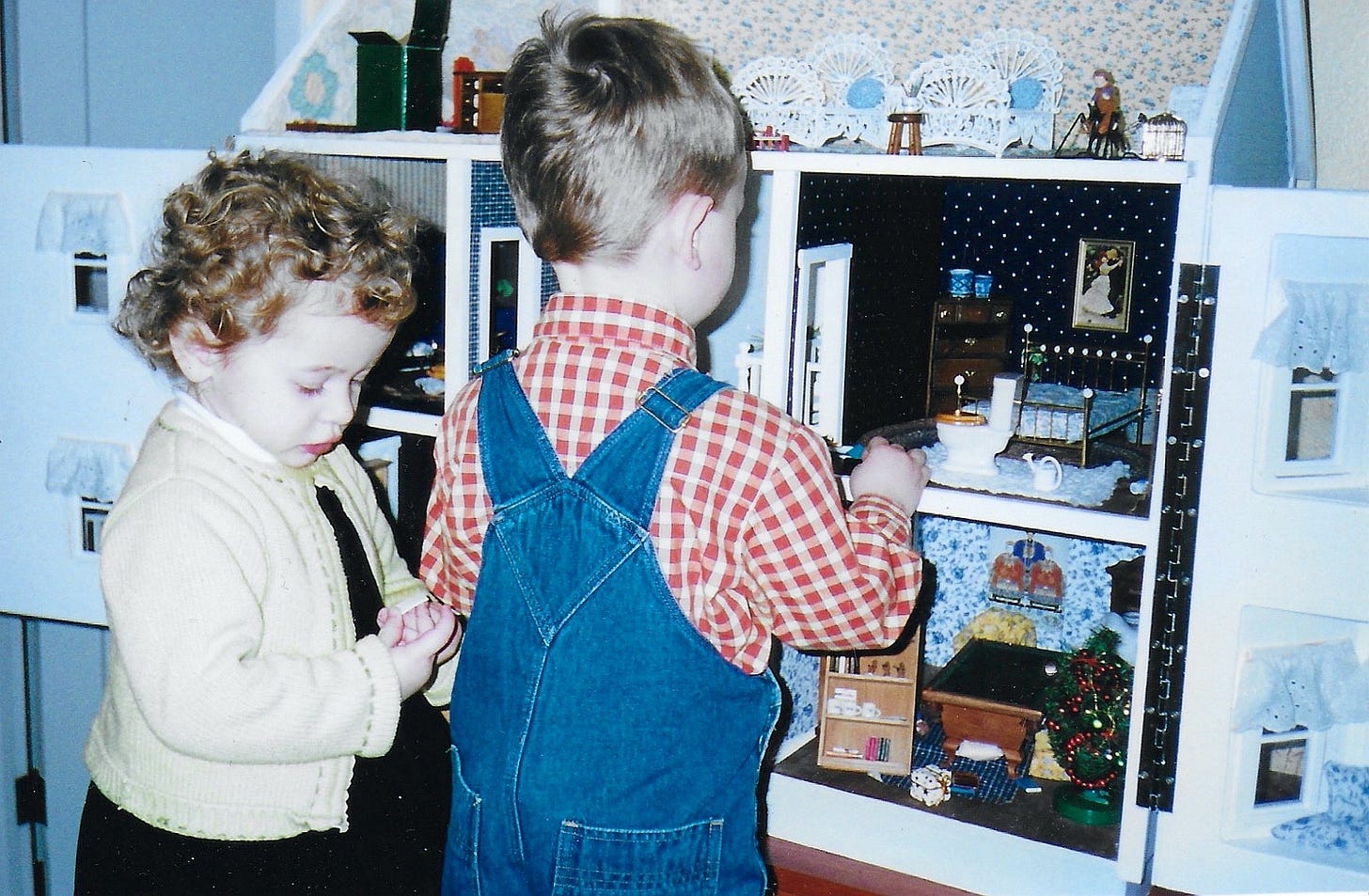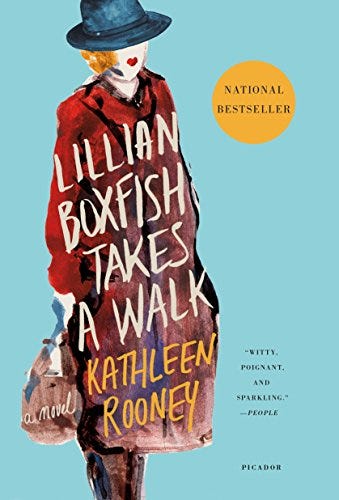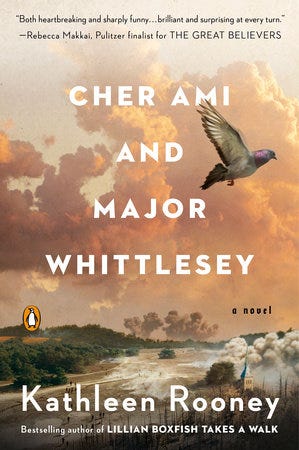“I went west at fourteen in an old-fashioned hat and long Mary Pickford curls,” says Doreen O’Dare, telling the story of her acting career in Kathleen Rooney’s novel From Dust to Stardust.
She’s really Eileen Sullivan, a girl whose love of movies and miniatures is nurtured on annual summer visits with her Uncle Walter and Aunt Elizabeth who live in Chicago. In fact, it’s her Uncle Walter who arranges the screen test that sets her on the path to Hollywood. She’s accompanied by Granny Shaughnessy, her Irish grandmother who’s thoroughly sensible, but for her firm belief in fairies and who, upon their arrival in Hollywood, observes—
“You’ll recall…that in Ireland we speak of thin places, where the borders between our world and the next are narrow enough to leak a bit. Though I’m not yet sure what to make of it, so far this Los Angeles seems like a very thin place indeed.”
The two of them take up residence in a small cottage provided by the studio in Bungalow Court, and Doreen’s career commences. She becomes pals with Mary Pickford, who invites her to the “Thursday dance” at the Hollywood Hotel, where the likes of Douglas Fairbanks and Lillian Gish hang out. She’s successful but not a star until, one with the Zeitgeist of the early Twenties, she bobs her hair to become the perfect person for a role she covets—and she’s off!
Meanwhile, she’s been obsessed with collecting miniatures, which become more and more important to her as her career wanes. During the Depression she has a fairy castle built to house them, touring the country to raise money for children’s charities.
The castle ends up at Chicago’s Museum of Science and Industry and From Dust to Stardust is structured around a series of interviews that the now elderly Doreen does with Gladys, a museum curator, about its history and the objects it holds. These conversations send her backwards, her life unreeling like a movie.
The novel is loosely based on the life of the silent movie star Colleen Moore (born Kathleen Morrison), whose fairy castle has been a major draw since it became a permanent exhibit at Chicago’s Museum of Science and Industry in 1949. I saw it as a child and took my daughters to see it when they were children. I can see it in my mind’s eye right now, with its twinkling lights and magical rooms.
Maybe this was where my fascination with dollhouses began, I’m not sure. But I remember desperately wanting a dollhouse when I was a little girl. In fact, I so often spoke of it that my husband bought me a big, beautiful dollhouse for Christmas when I was nearly fifty.
OMG! That dollhouse made me so happy! I spent hours decorating it, searching for tiny furniture. I found tiny prints of favorite paintings, a sixpacks of Coke, a bouncing hobby horse just like my daughter had when she was...tiny. The tiny toilet delighted me, and the tiny four-poster brass bed.
Amusing things happened. One day I opened it to show a friend and found the mother doll hanging in the kitchen. Ha, ha. Once I came home from vacation to find it full of plastic soldiers. My kids claimed innocence and eventually I ran into the guy who’d painted our house while we were gone who asked (with some anxiety), “Did you find the soldiers in your dollhouse?” “So it was you,” I said. “Yeah,” he said. “Was that funny?” “Hilarious!” I said. He looked relieved—and became a friend, not just the guy who’d painted our house.
I loved showing my dollhouse to little ones who visited, bringing a step stool so they could reach in and play. In time, I had grandkids—Heidi and Jake—who wanted to play with it every time they came over.
I still wonder sometimes what it was that made me yearn so for a dollhouse when I was a kid. Order? Control? How you could see everything going on in the house at the same time? How, in a dollhouse, surely, everyone was happy?
Once, years ago, we were shopping for a family my husband’s law firm had “adopted” for Christmas. Sensible things, the organizers recommended. Hats, mittens—warm jackets if we wanted to splurge. But the little girl in the family had put “Barbie Dream House” on her list and I couldn’t stop thinking about it.
I loathe Barbies. I discouraged my girls from playing with them (though of course they did). But I couldn’t help imagining how happy I’d have been to wake up on Christmas morning and find a doll house under the tree.
So I bought it.
Anyway. I loved From Dust to Stardust.
I also loved Kathleen Rooney’s Lillian Boxfish Takes a Walk, inspired by the life of Margaret Fishback, the highest page female copywriter in the thirties…
and Cher Ami And Major Whittlesley, inspired by the life of... a World War One carrier pigeon. She is one of the most original writers around, whose quirky historical novels are impeccably researched.
I can’t wait to see what she does next!









Thank you! My favorite is Cher Ami and Major Whittlesley.
Thanks, Mary. I loved Lillian Boxfixh.